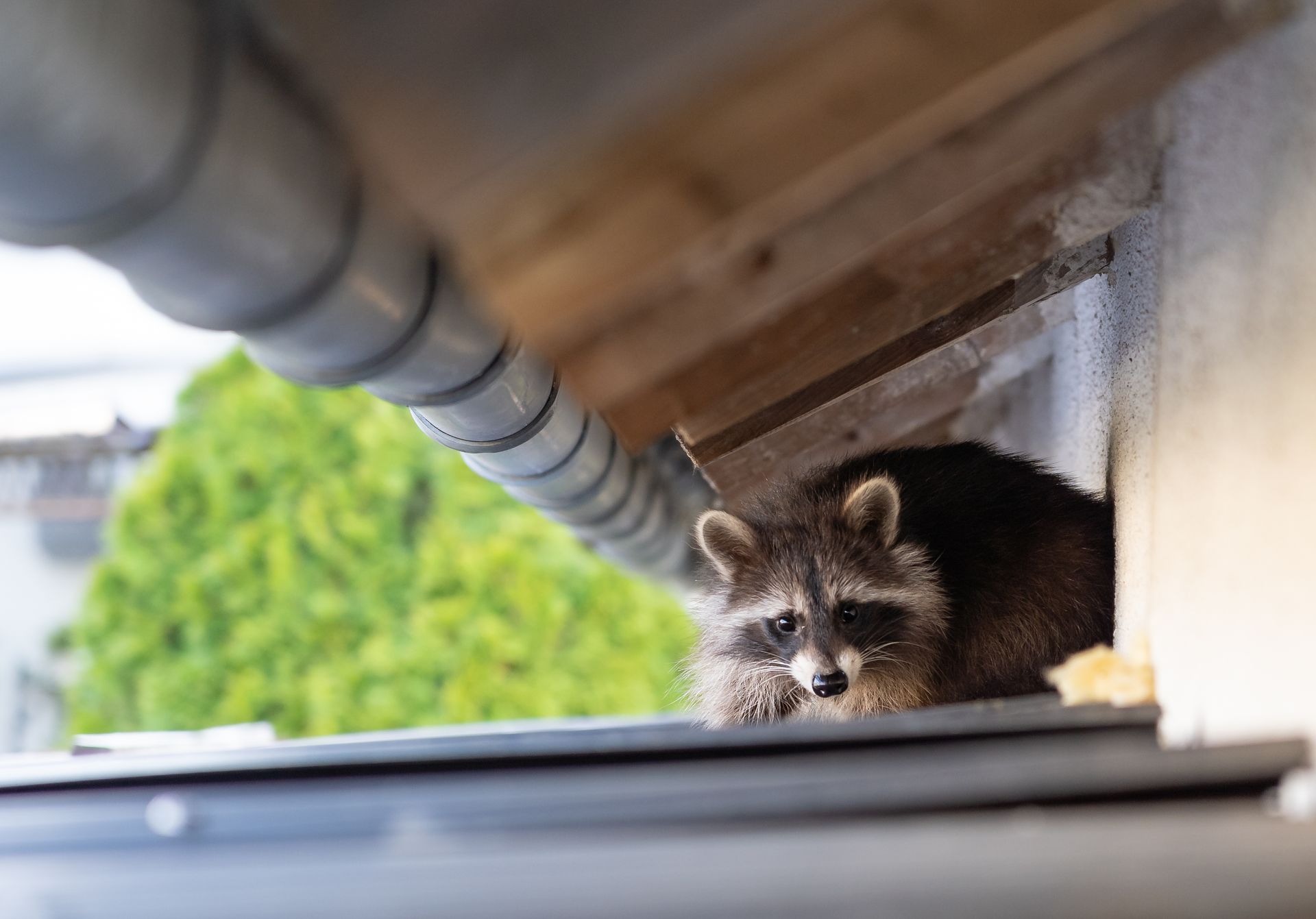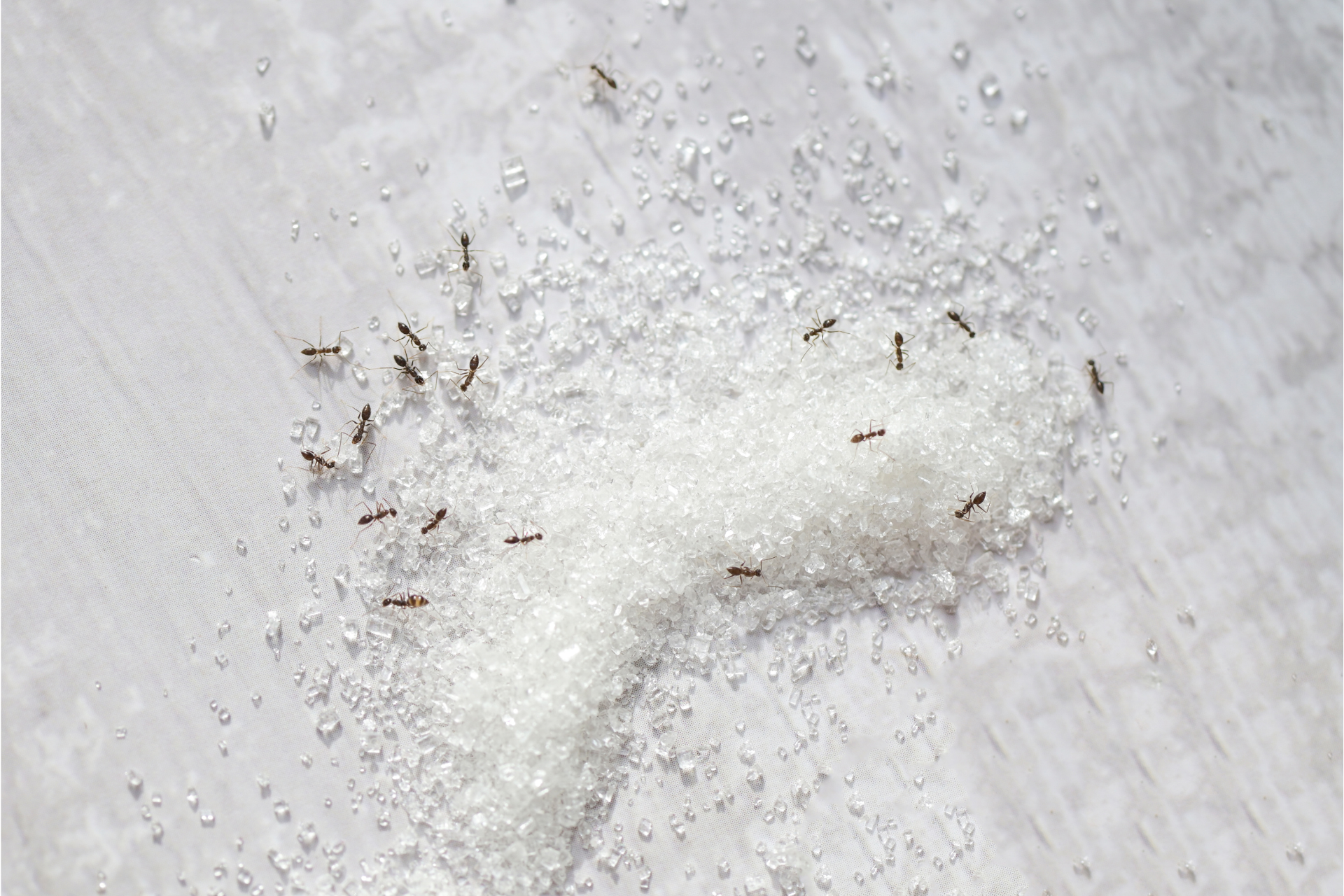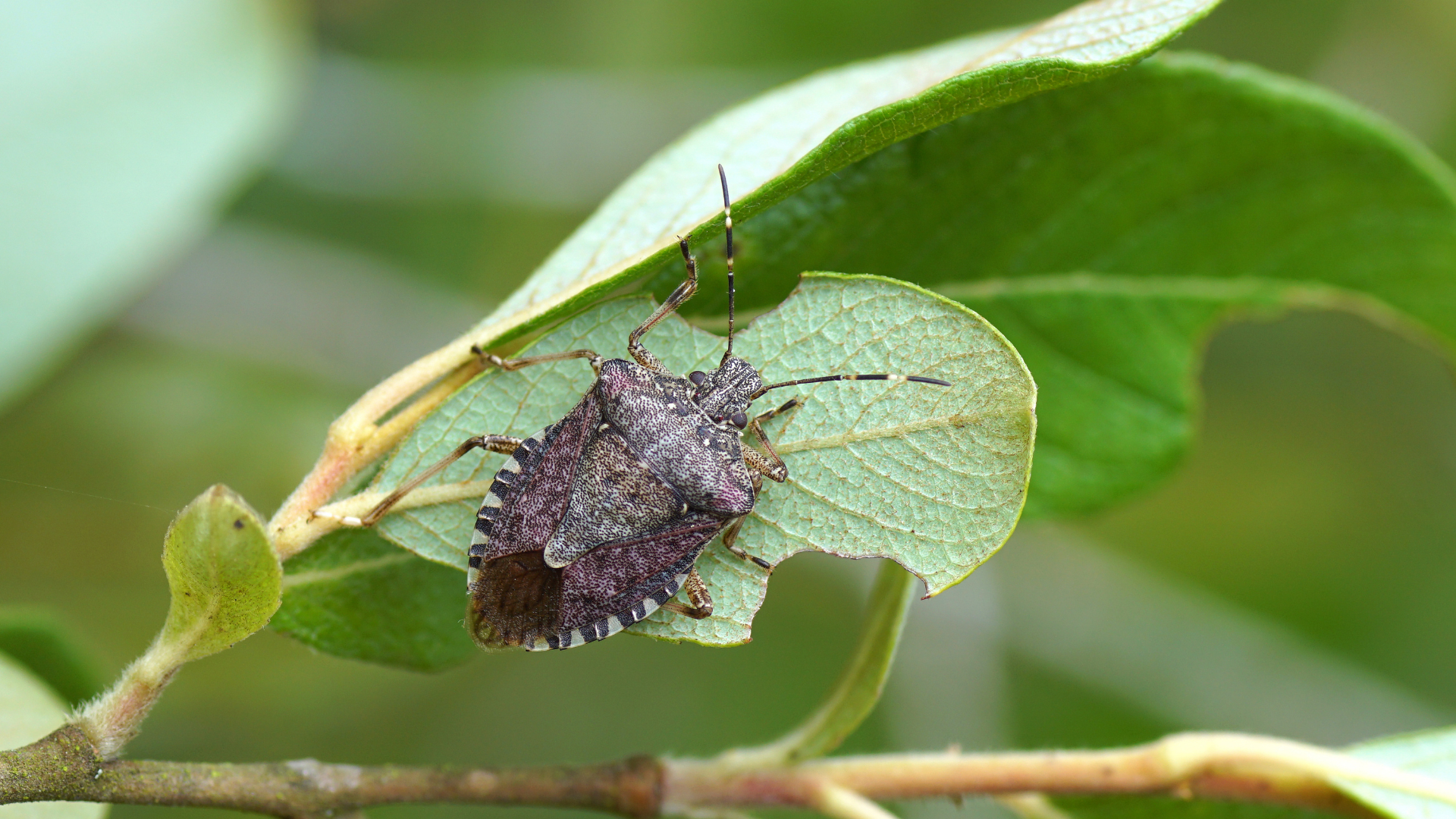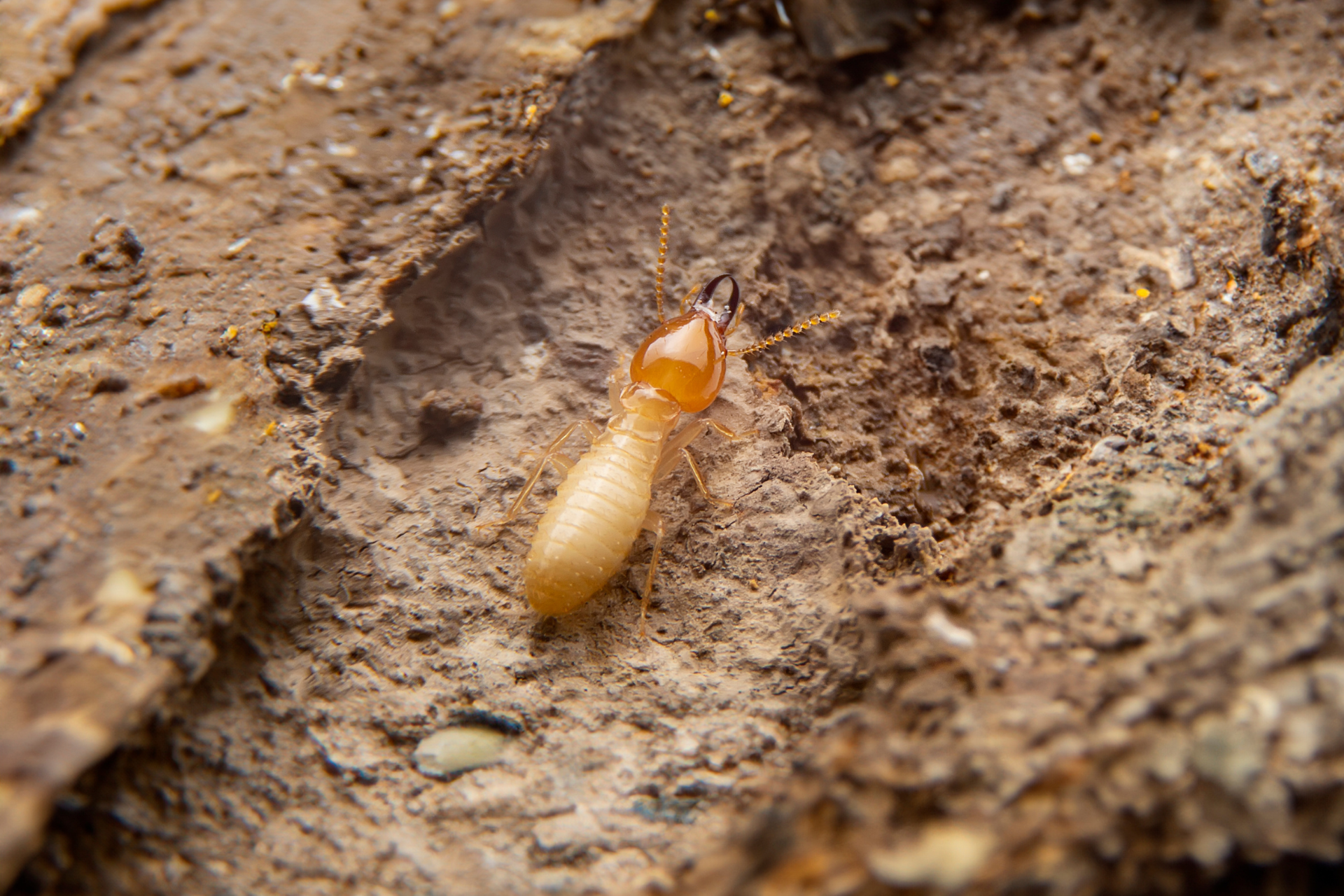Protecting Against The Perils Of Stinging Insects
Proven Ways To Avoid The Hazards Of Stinging Insects
There’s something about the sharp buzz of a wasp or the low hum of a hornet that instantly puts people on edge. It’s not just an unpleasant sound—it’s a warning. Stinging insects can disrupt outdoor activities, force people indoors, and in some cases, send individuals to urgent care. Their presence isn’t just inconvenient; it carries real health risks. Stings can trigger painful swelling, redness, and in those with certain allergies, severe reactions that require immediate medical attention. Even for those without sensitivities, repeated stings or encounters with aggressive swarms can be dangerous.
These pests can turn peaceful spaces into no-go zones. A picnic in the yard, tending to a garden, or even walking past an infested shed can result in an unexpected confrontation. Some species are territorial and may attack when they feel their nest is threatened. Others are opportunistic, drawn to food, drinks, or sugary spills left unattended. The unpredictability of their behavior—and the speed at which they can become aggressive—makes it important to take their presence seriously.
The disruption they cause isn’t limited to people. Pets can be just as vulnerable, and stings around the face or mouth can be particularly harmful for animals. When nests are built near doorways, eaves, or playgrounds, everyday routines suddenly require caution. The combination of health hazards, aggressive tendencies, and nesting habits make these insects more than a seasonal nuisance—they’re a genuine concern that demands attention.
How They Find Their Way Into Your Environment
Stinging insects aren’t simply wandering around at random. They’re purposeful creatures, following instincts that have been honed for survival. They seek out places that offer shelter, warmth, and proximity to food sources. Yards with blooming flowers, fruit trees, or uncovered trash cans can quickly become attractive to them. Even something as simple as an open soda can be enough to bring wasps or yellowjackets into the area.
Structures provide countless opportunities for nesting. Tiny openings in siding, loose boards, gaps in rooflines, and even unused chimneys can serve as entry points. Once inside, certain species prefer the protection of voids and cavities, while others build their nests in the open, attaching them to branches, beams, or light fixtures. The more these spots go unnoticed, the larger the colony can grow—and with that growth comes heightened defensive behavior.
They also thrive in areas where water is accessible. Birdbaths, leaky outdoor faucets, or clogged gutters can provide the hydration they need. If an environment offers both food and water alongside a suitable nesting site, it can quickly become a permanent home base. What starts as a small seasonal colony can develop into a recurring problem year after year if conditions remain favorable.
Strategic Steps To Lower The Risk
Reducing encounters with stinging insects begins with understanding their habits and making the environment less appealing to them. This involves being mindful of how food, waste, and water are managed outdoors. Sealing garbage bins tightly, cleaning up spills promptly, and keeping sweet or protein-rich foods covered during outdoor gatherings can reduce their attraction to the area. Even decorative elements like hummingbird feeders can draw wasps if not maintained carefully, as the sugary liquid becomes a beacon for them.
Yard and property maintenance play a significant role as well. Trimming back overgrown shrubs, regularly inspecting eaves and rooflines, and repairing small structural gaps can remove potential nesting spots. Staying attentive to early signs of nest building is especially important—addressing an issue before a colony becomes established is far less challenging than managing one that’s fully active.
Lighting choices may influence insect activity too. Some species are drawn to certain wavelengths, so switching to bulbs that are less attractive to insects can make a noticeable difference in evening activity. Likewise, ensuring screens on windows and doors are intact can prevent them from finding their way indoors, where removal becomes more complicated.
For situations where nests are already present, professional intervention is often the most practical solution. Attempting to deal with stinging insects without the right knowledge or equipment can lead to painful consequences. Specialists not only remove existing colonies but can also identify structural vulnerabilities and advise on long-term deterrent measures tailored to the property.
The Importance Of Timely Action
Stinging insects tend to be more active and defensive during certain times of the year, especially late summer when their colonies are at their peak size. Waiting to address an issue can give them more time to multiply and expand their territory, which increases the likelihood of unpleasant encounters.
A nest in its early stages might seem manageable, but as it grows, so does the risk involved in removing it. Larger colonies require more complex removal strategies, and the presence of hundreds—sometimes thousands—of insects can make the task extremely hazardous. This is why spotting activity early and taking steps before it escalates is so valuable.
There’s also the matter of recurrence. Without a thorough approach, stinging insects can return to the same location the following year, building on past nesting sites or exploiting the same access points. Addressing the root cause—whether that’s a structural gap, abundant food source, or lack of deterrents—reduces the chances of an ongoing cycle of infestations.
Being proactive about prevention isn’t just about personal comfort; it’s about ensuring that outdoor spaces remain accessible and enjoyable throughout the warmer months. Whether it’s a backyard gathering, a stroll through the garden, or just getting from the driveway to the front door without incident, having confidence in your surroundings makes a difference.
Take The First Step Toward A Sting-Free Property
The reality is that stinging insects can quickly turn a pleasant environment into a stressful one. They can threaten health, interrupt daily routines, and make once-relaxing spaces feel off-limits. By taking strategic measures to make your property less appealing and addressing potential nesting sites before they become established, the chances of harmful encounters drop significantly.
At Star City Pest Control, we’ve seen how fast a minor problem can become a major issue, and we know the most effective ways to stop it before it escalates. Our team has the training, equipment, and experience to handle these pests with precision, minimizing disruption while helping to protect your property. If you’ve noticed increased activity around your home or want to get ahead of potential problems, make sure to
contact us today. We’re ready to help you reclaim your space so you can enjoy it without the constant worry of unwelcome stingers hovering nearby.










